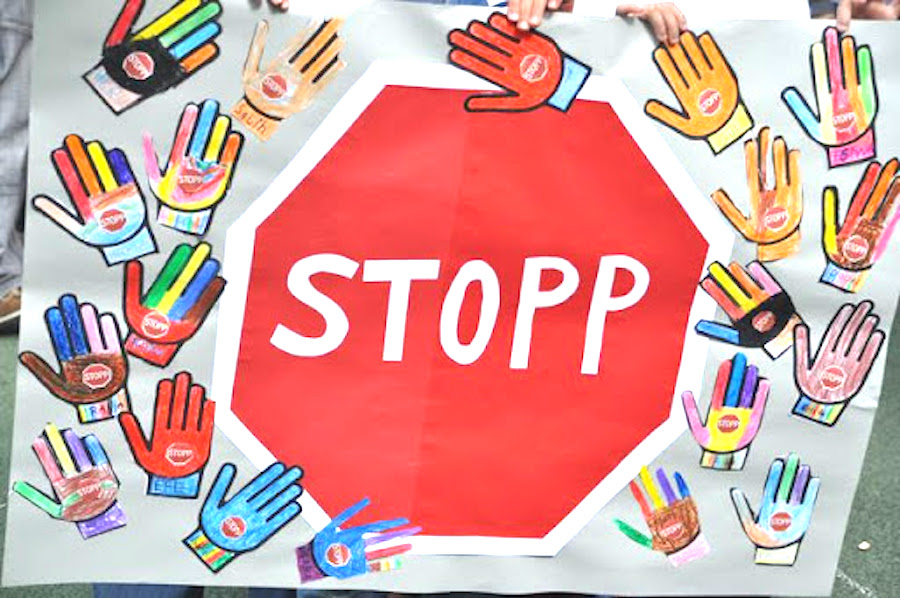Control Emotions: How to Control Emotions

Control Emotions: If you can learn how to get in control of your emotions, you will get back your health and happiness and be able to accomplish your goals.
Many people also think that our emotional state is something we have no control over. Certain events happen in our lives and we seem to think that it is the actual event that causes us to feel the way we do. The thoughts that we have are knowledge, and we are responsible for choosing which thoughts we are thinking.
If we think negatively about an event, the thoughts will saturate our subconscious mind and our subconscious will create a plethora of other negative events or thoughts about this experience.
It is thus not the event that created our emotions, but rather our thinking.
As humans, we’ve devised a number of strategies for dealing with hurt, pain, and unwanted emotions, but none of them has proven to be effective. Avoiding, repressing, or suppressing our emotions is one such strategy, but it never works. Avoiding our suppression only means that it will continue to affect us in the future, as feelings do not immediately vanish. It may even aggravate the situation by manifesting as physical illness or unhappiness.
If we think positive, happy thoughts we will feel positive and happy. Think angry or anxious thoughts and you will immediately feel angry or anxious. Avoid your emotions, and they will show up in some other form or some other time.
To get more in control of your feelings, you must first get in control of your thoughts.
This is what I can help you with – to make those lasting mindset changes, to enable you to take control of your emotions.
STOPP is one skill you can learn to help control emotions.
Learn this ONE KEY SKILL and you can start to take control of your emotions and your life.
“Between stimulus and response there is a space. In that space lies our freedom to choose our response. In our response lies our growth and our freedom”. Viktor Frankl.
STOP!
Just pause for a moment
TAKE A BREATH
Notice your breathing as you breathe in and out.
OBSERVE
- What thoughts are going through your mind right now?
- Where is your focus of attention?
- What are you reacting to?
- What sensations do you notice in your body?
PULL BACK – PUT IN SOME PERSPECTIVE
- What’s the bigger picture?
- Take the helicopter view?
- What is another way of looking at this situation?
- What advice would I give a friend?
- What would a trusted friend say to me right now?
- Is this thought a fact or opinion?
- What is a more reasonable explanation?
- How important is this? How important will it be in 6 months time?
- It will pass.
PRACTISE WHAT WORKS – PROCEED
- What is the best thing to do right now?
- Best for me, for others, for the situation?
- What can I do that fits with my values?
- Do what will be effective and appropriate.
HOW TO USE STOPP
- Practise the first two steps often for a few days – many times every day at any time.
- Read through the steps often.
- Carry written reminders with you (use the printable resources below).
- Practise STOPP by running through all the steps several times a day, every day…when you don’t need it.
- Start to use it for little upsets.
- Gradually, you will find that you can use it for more distressing situations. Like any new habit or skill, it will become automatic over time.
THE STEPS EXPLAINED:
Stop! Say it to yourself, in your head, as soon as you notice your mind and/or your body is reacting to a trigger.
Stop! helps to put in the space between the stimulus (the trigger, whatever we are reacting to) and our response.
The earlier you use STOPP, the easier and more effective it will be.
Take a Breath. Breathing a little deeper and slower will calm down and reduce the physical reaction of emotion/adrenaline.
Focusing on our breathing means we are not so focused on the thoughts and feelings of the distress so that our minds can start to clear and we can think more logically and rationally.
Observe. We can notice the thoughts going through our mind, we can notice what we feel in our body, and we can notice the urge to react in an impulsive way. We can notice the vicious cycle of anxiety, sadness or anger (etc).
Noticing helps us to defuse those thoughts and feelings and therefore reduce their power and control.
Pull back / Put in some Perspective. The thought challenging of CBT. Thinking differently.
When we step back emotionally from a situation and start to see the bigger picture, it reduces those distressing beliefs. We can do this by asking ourselves questions.
Practise what works / Proceed. This is the behavioural change of CBT. Doing things differently.
Rather than reacting impulsively with unhelpful consequences, we can CHOOSE our more helpful and positive response.
You can paste this 8 times on an A4 sheet, print it off, cut it up and keep a small card handy in your wallet, on your desk, handbag or wherever you find it useful.

